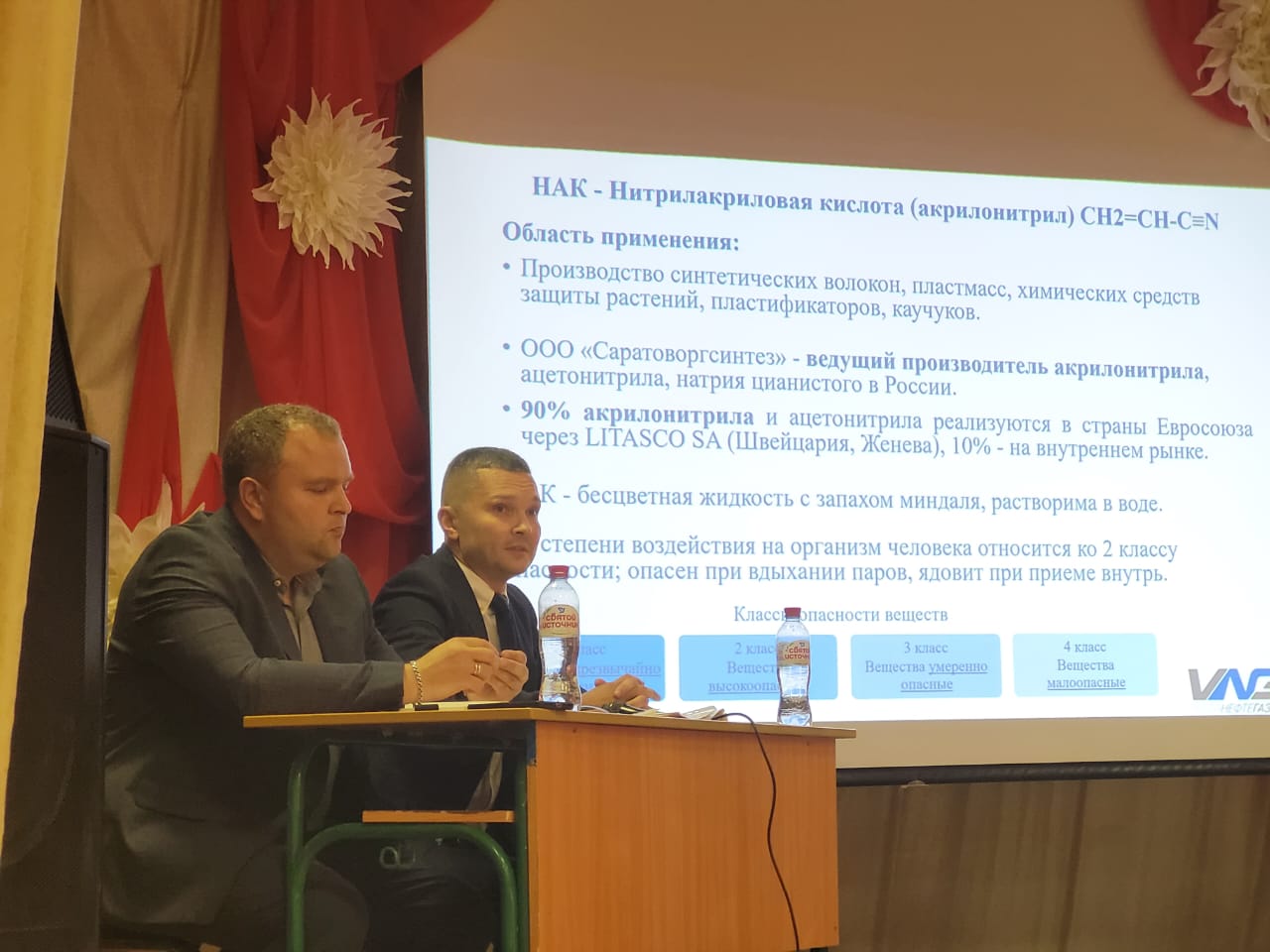
The public hearing on conversion of the third berth of RPK-Vysotsk LUKOIL-II LLC from handling of oil products to acrylonitrile and methanol has completed in Vysotsk, IAA PortNews correspondent reports.
Almaz Khairullin, Chief Project Engineer, elaborated on the project safety in terms of its environmental impact. The locals strongly oppose the development referring to the current odour and coal dust annoyance being caused by Port Vysotsky LLC.
Andry Knyazev, Executive Director of RPK-Vysotsk LUKOIL-II LLC, assured the participants of the company’s control of the current oil terminals and the future ones intended for loading tankers with acrylonitrile and methanol. By way of argument he mentioned Lukoil’s acrylonitrile terminal in the Latvian port of Ventspils located within the city center. The volumes of acrylonitrile are supposed to be taken over from the Latvian port.
The project is still to obtain the state expert approval of Glavgosexpertiza.
Intense expansion of Russian port facilities in the North-West of Russia, especially in Ust-Luga, began in pursuance of the Kremlin order to redirect the cargo flows from the Baltic states to Russian terminals. The process is to be facilitated with the introduction of new facilities for handling liquid bulk and dry bulk cargo (liquefied gas, oil products, coal, coke and mineral fertilizers).
The project foresees reconstruction of RPK-Vysotsk LUKOIL-II for transshipment of acrylonitrile and methanol from railway tank cars and tank containers delivered by railway onto seagoing tankers. The scope of transshipment is estimated at about 160 thousand tonnes per year. The works are to be conducted within the company’s territory between 20 May 2022 and 1 August 2022.
RPK-Vysotsk LUKOIL-II was put into operation in 2004. Its tank farm capacity is 460 thousand cbm. The terminal handles diesel fuel, naphta, heavy fuel oil and vacuum gasoil. Oil products are delivered by railway, Primorsk-Vysotsk pipeline and by river transport.



